In order to help better reference Carolle Bénitah work I decided to further refine my images by using Photoshop
e.g

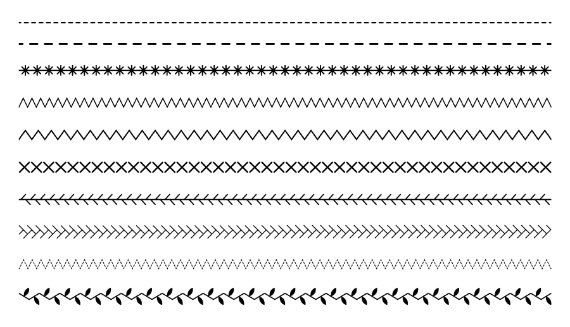
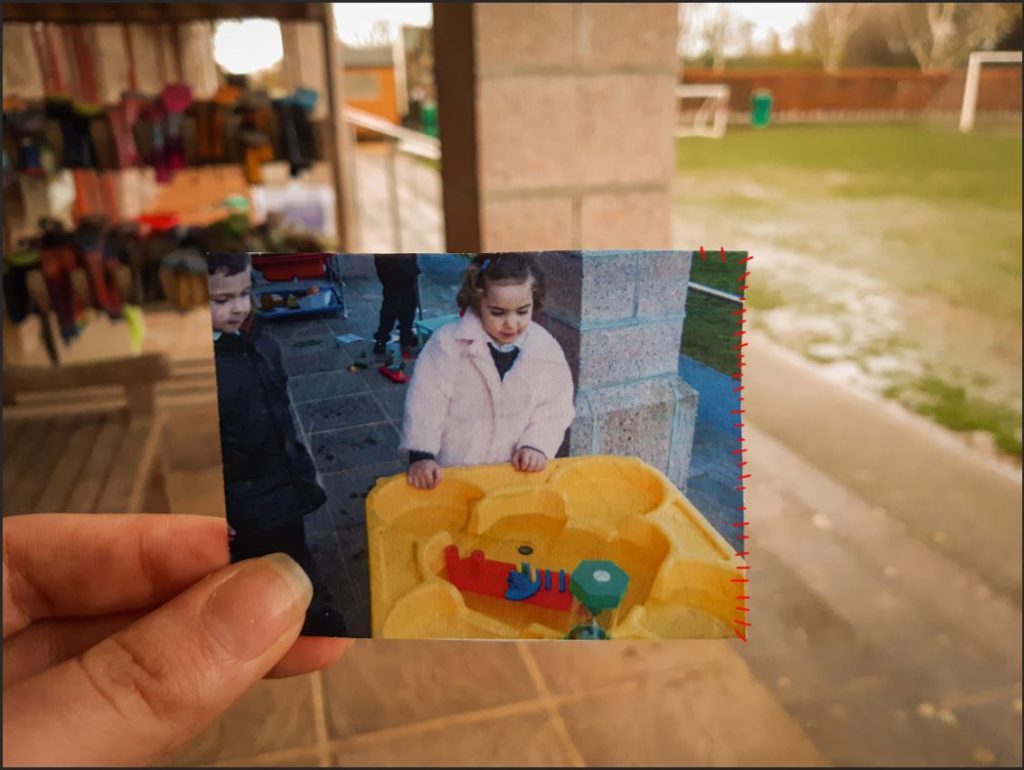
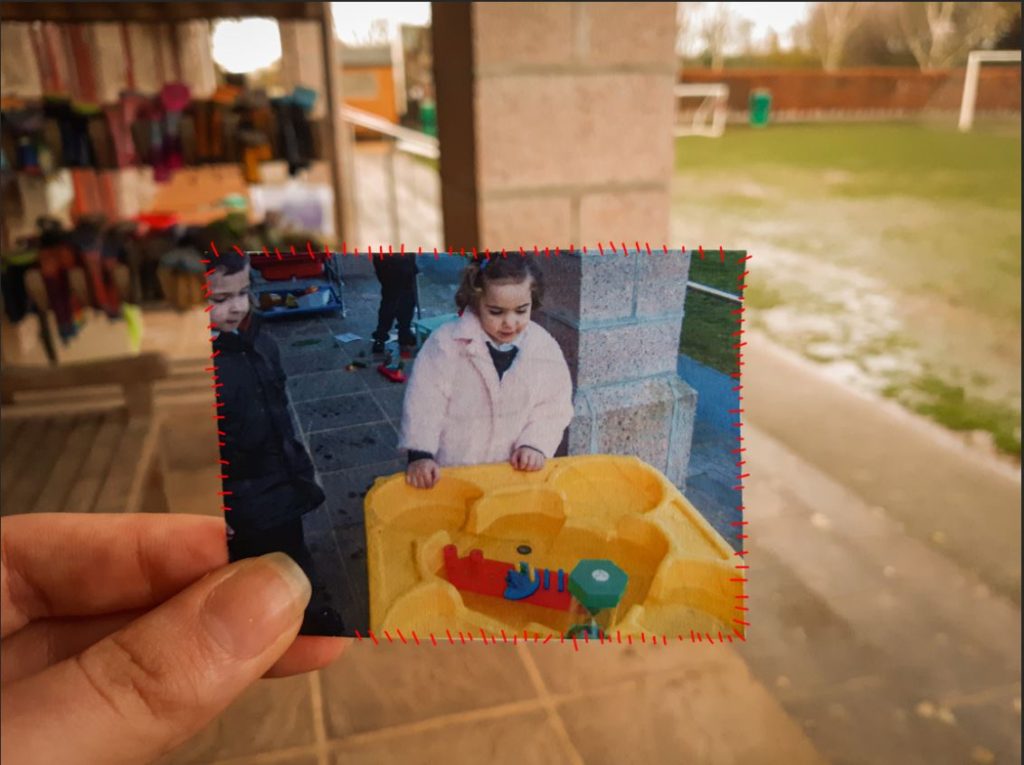
Other Edited Images





In order to help better reference Carolle Bénitah work I decided to further refine my images by using Photoshop
e.g









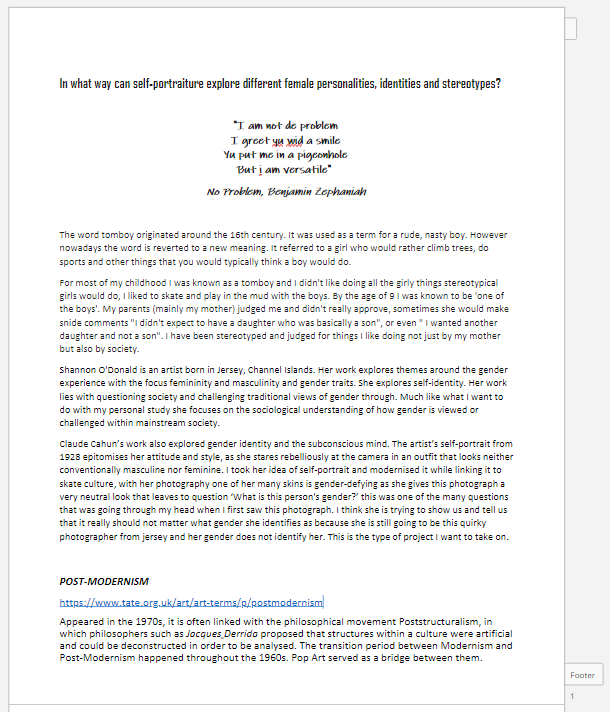
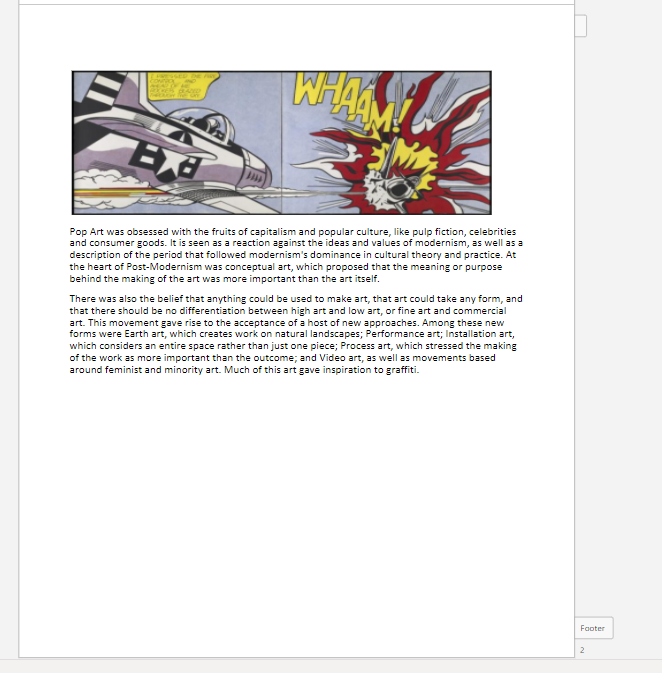
Essay question:
In what way can self-portraiture explore different female personalities, identities and stereotypes?
Opening quote:
“I am not de problem
I greet yu wid a smile
Yu put me in a pigeon hole
But i am versatile”
No Problem, Benjamin Zephaniah
Introduction (250-500 words):
My area of study
The word tomboy originated around the 16th century. It was used as a term for a rude, nasty boy. However nowadays the word is reverted to a new meaning. It referred to a girl who would rather climb trees, do sports and other things that you would typically think a boy would do.
For most of my childhood I was known as a tomboy and I didn’t like doing all the girly things stereotypical girls would do, I liked to skate and play in the mud with the boys. By the age of 9 I was known to be ‘one of the boys’. My parents (mainly my mother) judged me and didn’t really approve, sometimes she would make snide comments “I didn’t expect to have a daughter who was basically a son”, or even ” I wanted another daughter and not a son”. I have been stereotyped and judged for things I like doing not just by my mother but also by society.
“I am not de problem
I greet yu wid a smile
Yu put me in a pigeon hole
But i am versatile” By Benjamin Zephaniah
Artists I will be analysing
Shannon O’Donald is an artist born in Jersey, Channel Islands. Her work explores themes around the gender experience with the focus femininity and masculinity and gender traits. She explores self identity. Homework lies with questioning society and challenging traditional views of gender through her work she focuses on the sociological understanding of how gender is viewed or challenged within mainstream society.
Claude Cahun was a Surrealist photographer whose work explored gender identity and the subconscious mind. The artist’s self-portrait from 1928 epitomises her attitude and style, as she stares rebelliously at the camera in an outfit that looks neither conventionally masculine nor feminine. with her photography one of her many skins is gender-defying as she gives this photograph a very neutral look that leaves to question ‘What is this persons gender?’ this was one of the many question that was going through my head when I first saw this photograph. I think she is trying to show us and tell us that it really should not matter what gender she identifies as because she is still going to be this quirky photographer from jersey and her gender does not identify her.
Historical/ theoretical context within art
Modernism, the age of enlightenment. It was the shift in the late 1800s to modernism can be partly credited to new freedoms enjoyed by artists. It was a shift away from believing that god is going to save us from all evil and towards science or philosophers who might create something that would be our saving grace and actually help us. For example creating medicine like pain killers and vaccines that to this day are used to reduce the pain in cancer patients who are going through chemotherapy and the COVID-19 vaccine that trains the immune system to fight.
At the time, the growing field of psychology thanks to people like Sigmund Freud turned the analysis of human experiences inward and encouraged a more abstract kind of science and thinking. Essentially this inspired the visual arts to follow. With shifts in technology creating new materials and techniques in art-making, experimentation became more possible meaning it gave the art work a wider reach. Printing advances in the late 1800s meant posters of artwork widened the public’s awareness of art and design and conveyed experimental ideas into popular culture.
Modernism makes references to things inside the art itself. For example, from composition, material, skills, techniques, all the way to the process. Modernism in art holds a belief in the individual genius of the artist, a desire for originality, a thirst for the new, and reverence for the precious, unique art object. Modernism is concerned with ‘object rather than subject, creator rather than spectator.’
A key movement for this shift was The Dada movement took experimentation further by rejecting traditional skill and launching an all-out art rebellion that embraced nonsense and absurdity. Dadaist ideas first appeared in 1915, and the movement was made official in 1918 with its Berlin Manifesto. Traditionally, a painter was commissioned by a financier to create a specific work. The late 19th century witnessed many artists capable of seizing more time to pursue subjects in their personal interest.
Modernism reached its peak with Abstract Expressionism, which began in the late 1940s in the United States. Moving away from commonplace subjects and techniques, Abstract Expressionism was known for oversized canvases and paint splashes that could seem chaotic and arbitrary. Each Abstract Expressionist work functioned as both a document of the artist’s subconscious and a map of the physical movements required to create the art. Painter Jackson Pollock became famous for his method of dripping paint onto canvas from above.
This book tells a vivid and detailed experience of an american army soldier on different tours in Afghanistan and Iraq. The book begins and ends with black and white images of life before and after the army, images of a young girl, possibly Brody’s daughter, symbolizes innocence and a representation of what people are protecting by joining the army. A full bleed is used for ‘army’ portion of the book which helps continue the story and emphasize the scale of warfare and its effect. The book consists of many detailed image that are kept natural and unembellished, this draws out the rawness of war and the brutality that soldiers face.

Ben Brody is an independent photographer, educator, and picture editor working on long-form projects related to the American wars in Iraq and Afghanistan, and their aftermath. Brody enlisted in the U.S. Army in 2002, when he was twenty-two years old, not because he supported the impending invasion of Iraq—even then he was “skeptical”—but because he wanted to photograph it.

Brody quotes:

Narrative and design
An extremely obvious yet effective layout within this book is the margins/bleed of the images. The life before and after the army are all B&W images in different sizes and dimensions taking up certain parts of the page. In contrast the colour photos made during war time are full bleed images to emphasize the realism they represent and the lacking margin for error in the army. The full bleed also means that there is a lot going on within every page which symbolises the chaos of war. The use of media and newspaper extracts within the book support the realism that Brody is attempting to represent. The story is told from a strange perspective with images appearing as if an outsider is looking in, however the photographer was apart of the army with the men photographed. There are no images from the war portion of the book shown on the same page which draws attention to the importance and meaning of every single image. The title is a literal reference to and army letter received by Brody which further amplifies the theme of realism.

1. Research a photo-book
She made it to shine a light on the struggles that she faces. She wants to show things that are normally kept covered, hidden, but she wants them to be seen. Shows her vulnerabilities that she has. She takes self portraits, because she has a story to tell. emotion is carried by each image, and is displayed within each picture. They tell you about her, who she is and how she feels.
2. Who is the photographer?
The photographer portrays the issues surrounding beauty, identity and body image, by creating these beautiful images, using natural light and strong compositions. The genre that Jen Davis uses is tableaux however they are to show her own life and invite the viewer into the past eleven years of her private life, exploring the vulnerabilities that she carries associated with a life-long struggle with my body, feelings of isolation, the battle to recognise beauty, a quest for intimacy, and sense of acceptance through the camera’s eye. Sometimes the images would be taken in real time and some would be staged, with the perfect lighting, posing and props.
3. Deconstruct the narrative, concept and design
1. Research a photo-book and describe the story it is communicating with reference to subject-matter, genre and approach to image-making.
Initial Decoding of narrative –
Based on my first initial look of the book, there are certain connotations and conventions used by the photographer, Raymond Meeks, which suggest that he is trying to explore the identity of others, represented through the setting and how many subjects are constantly looking everywhere but the camera (candid). However, there are also features that suggest the photographer is trying to disguise any obvious identifications of his subjects, such as the use of nature and trees to hide their faces. The title of the photo-book, ‘Half story, Half Life’ also implied that many of the nature-orientated images are real, candid and not staged where as the half story title suggests that some images may be constructed and alienated from reality, such as those where the subject clearly breaks the ‘fourth wall’ and makes direct eye-contact with the camera and therefore, the audience. There is also a nostalgic aesthetic that refers to summer and times spent with friends though teenage years/ early life.





2. Who is the photographer? Why did he/she make it? (intentions/ reasons) Who is it for? (audience) How was it received? (any press, reviews, awards, legacy etc.)
Raymond Meeks – Halfstory Halflife
“This book oscillates between the collective experience of these young men and their private meditations on a future that is yet to present itself. It is, itself, a journey, a rite of passage marking the death of one phase and the birth of another – just like the butterflies, now at the end of their lifecycle. There are no conclusions in Halfstory Halflife, only transitions. “How did we get here?” “Where are we going?” So ends Meeks’ book, with a young man sat on the cliff-edge, poised for the dive yet overcome with uncertainty. We do not know what happens next, but what we do know is that he is perched at a precipice both in space and in time.”
The photo-book explores the life of American adolescents, taking a key focus on males which links into misogyny and how this contributes to the ideological foundations of stereotypical American beliefs, also represented through the nature aspect.
From an interview with lens culture, Raymond Meeks expresses how his son is very influential over how his images are places and constructed in order to form a narrative throughout his books.
“RM: It was ritual. I was raised Catholic, so these rock outcroppings to me were like altars. These bodies leaping into the dark void almost became like this sacrament. I feel like each generation has to pay for the sins of the previous generation. They were almost offering up their bodies and it’s the process of evolving by way of ritual—that process of coming of age, something that’s been going on at this specific place for as long as people can remember.”
LC: And what is that demographic?
RM: Lower middle-class. Usually both parents, and multiple siblings. But not a lot of spending money, working minimum wage jobs. About half of them go off to college. The other half do military or just work locally until they figure something out.
3. Deconstruct the narrative, concept and design of the book and apply theory above when considering:
Matte card photo paper – ‘Card cover’ – Embossed text on the cover and back of the book. I ain’t sniffing it.
Apart from the cover, the same paper is used throughout – Thick, Matte photo paper, smooth texture and pure white which allows for the Black and white (all) images to stand out.
A4 size, Portrait, though not all images take over one full page, some take up a section, some full bleeds allowing for each individual image to be the primary focus of each section/ page. 144 pages
Softcover with flaps – similar to dust jacket though it is attached to the inside of the book
144 pages
21,5 x 28 cm
78 black and white photographs
Card, light-contast. blue hue printed graphic. Embossed text on cover.
Poetic Title – Half Story, Half Life, suggest that the images or main story is so peaceful that it presents itself as a story – Intriguing.
The story is central to the lives of a group of teenage boys in America during the summer, although the subjects do change over the course of time that the book was produced in (roughly 3 years) the key ideas and themes are still present. So although the boys do not know each other they are still connected on a wider cultural light.
repeating motif – black and white, majority male, nature, abandoned man-made structures such as cards or doors.
Images tend to take up one A4 side, with a small white border surrounding it, apart from that some images take up an A5 side and cover only 1/4 of the page. There are a few ‘Bleeds’ of images whereby one covers the gutter and half of the second page and very few full-bleeds.
There are multiple juxtapositions prevalent throughout the narrative some examples being – Masculinity VS femininity, Action VS Calm and Nature VS Man-made. Although the images of the teens jumping off of the rock face does suggest masculinity and action, the use of the juxtaposition of a calmer image of leaves or trees next to it allows for a theme of tranquility to be formed.
“If you could just say I feel lost here and I am going home. For where on Earth would you find that ticket. Who would meet you when you got there. By what sign would they know you.”
Places at top of page in a small font.
Short blurb-like section on receiving end of book, many connotations and symbols of religion through language – “Altar”, “Prayer”
Inspirations –
Blank double page for the middle of the book
Black and white throughout
Borders
Size and style of font
Useful Sources –
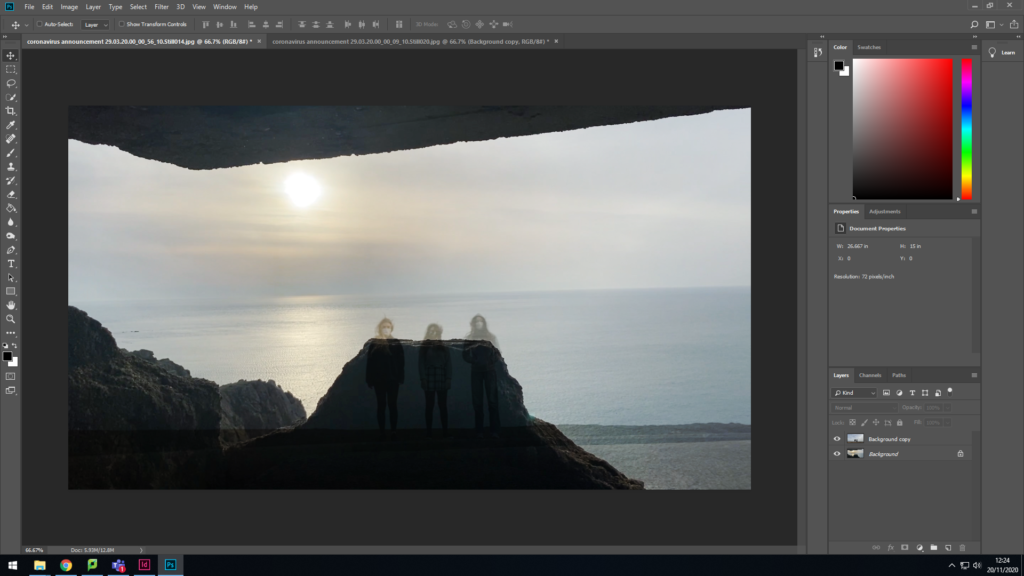
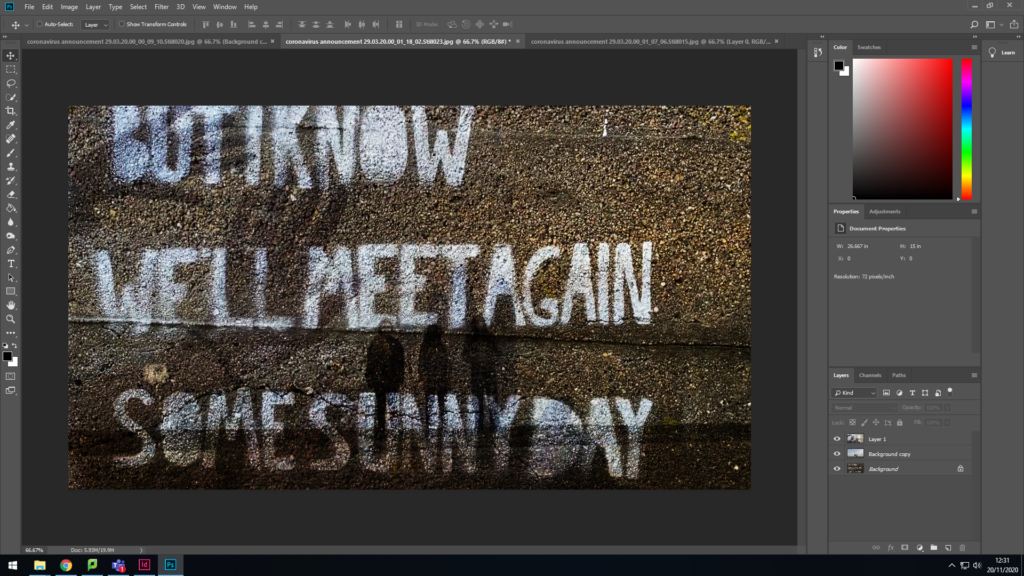
Out of 198 photos I have selected 25 photographs as a rough start to my project


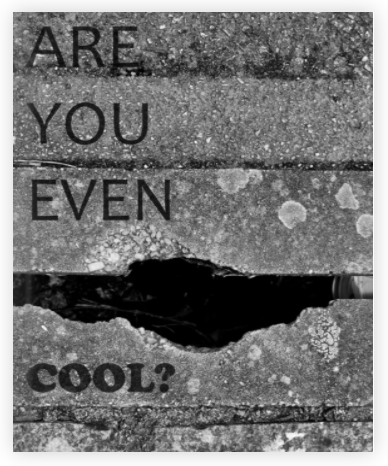
ARE YOU EVEN COOL?– Is the title of the photo-book it references Friendship, Identity and Youth Culture the photographer uses a mix of styles from portraits and close ups of certain body parts to landscapes and environmental photography.
The photographer is called GIO RIOS, I think he aimed his audience at the youth and society in general. I believe he made the book to show people some stereotypes of a “COOL KID”.
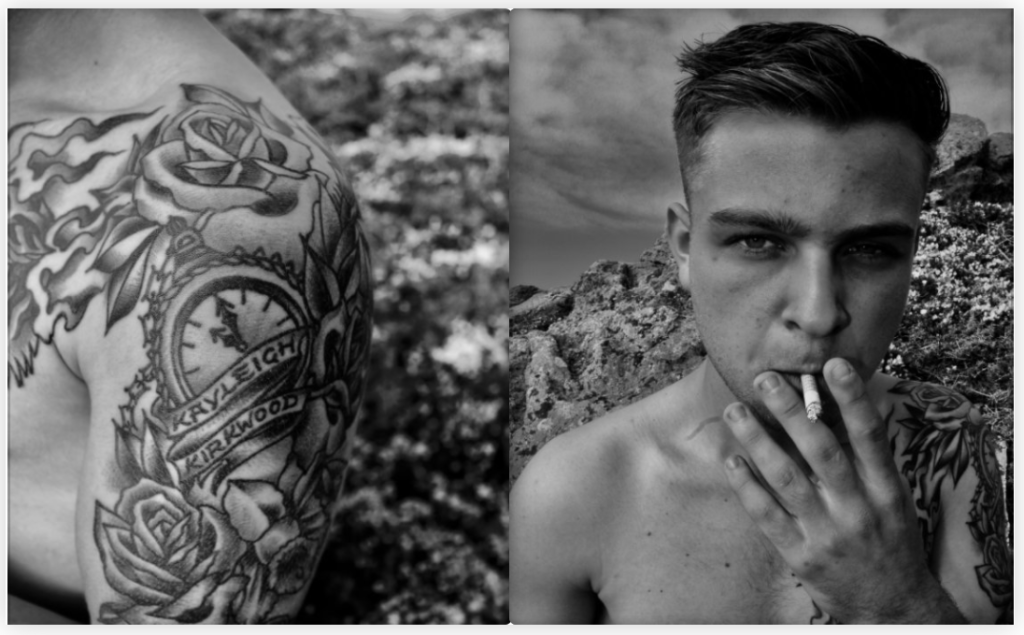
The book feels smooth with a dark glossy hard cover paper, inside the photo-book the pages are a mix between glossy and a little rough feeling. The whole book is in black and white with some pages being left white- blank. The photo-book is made to be portraiture and A4 sized with 56 pages. The binding of the photobook is saddle stitch and it has an image wrap with a durable matte finish.

The title is quite poetic and sarcastic and relevant to the youth it was intriguing as you didn’t know exactly what to expect. I felt like the title was purposely open to interpretation.
the story’s first few pages start by showing a hangout spot a tree that’s been cut to look like a chair, followed by a tattooed arm and a boy smoking. Cigarettes seem to be a reoccuring theme as some images feature passing a cigarette, smoking, or blowing out smoke. The cigarette concept of the photo-book might be hinting at the TITLE that the stereotypical teenager smokes and smoking is for “COOL KIDS” making it a motif.
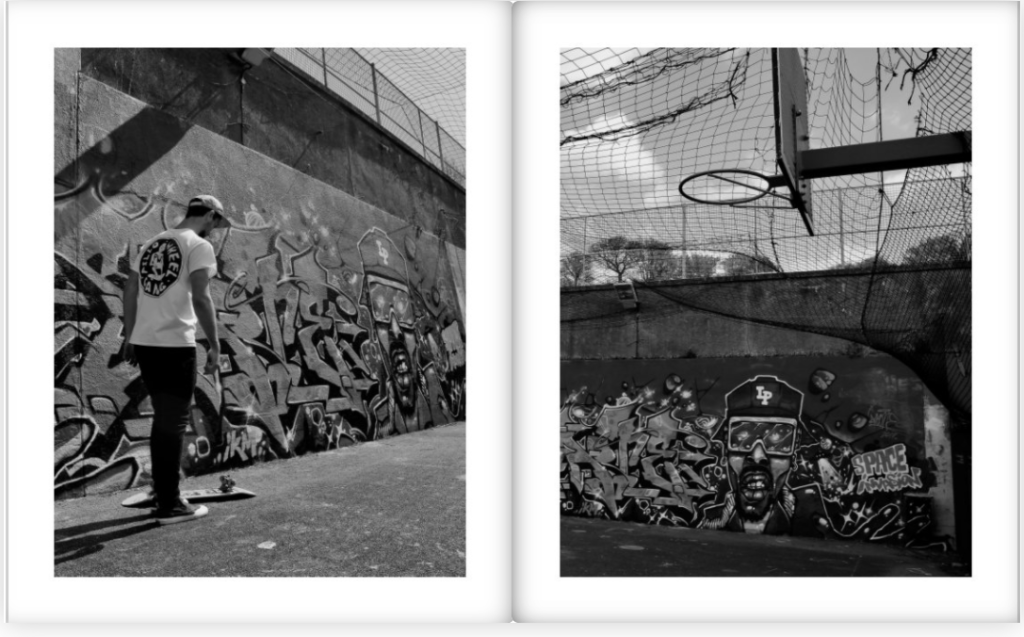
Most images are a full bleed covering the whole page with occasional plank white pages in between, however there are no double page spread or fold- outs/ inserts. Gio Rios made sure to evenly space out the images where there is a cigarette, the portraits of his friends were also kept together or either on the next available page. The only text throughout the photo-book is the title and the first page where he wrote: ‘aesthetic of attitude, behaviour, comportent, appearance and style which is generally admired.
